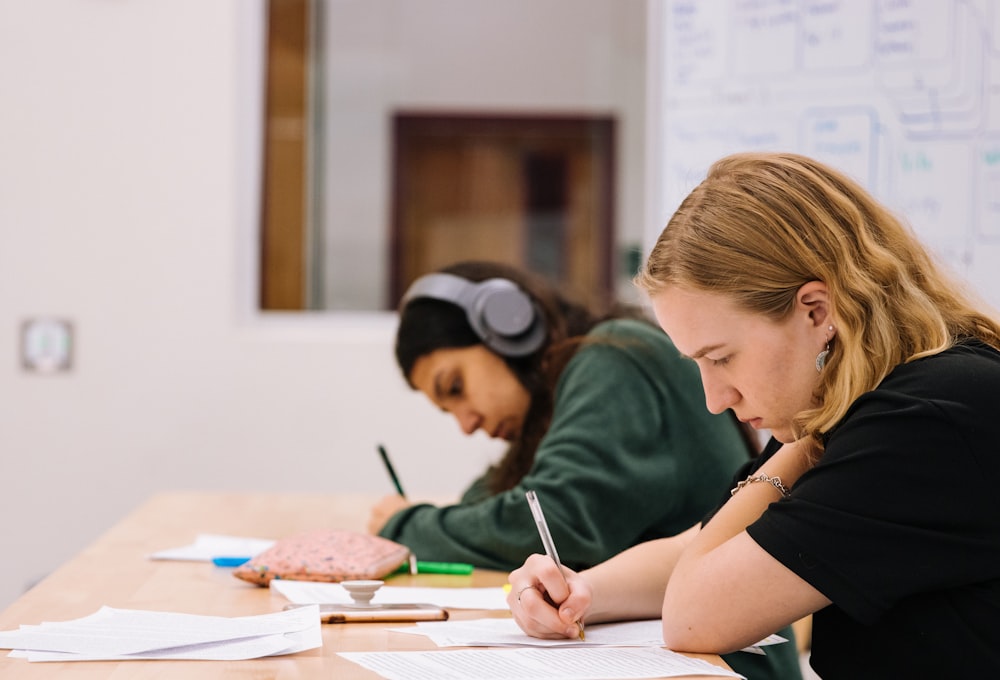
These achievements can be attributed to the excellent academic system and conducive learning environment found throughout the country.
It is also a splendid choice for a family with children since it ranks as one of the safest cities in the world. There are no unsafe suburbs, children can safely walk or travel by public transport to and from school.
Finland has one of the best academic systems in the world. The structure being in the country accommodates both quality education, proper social interactions between students and teachers, and government support at all levels.
Finland is one of the few countries on earth that ensures that every citizen receives tertiary education for free. It is also among the highest performing countries in the Program for International Student Assessment (PISA).
In this guide, we’ll try to walk you through everything you should know about the Finnish academic system. By the end of this guide, you should be able to know how the academic system in Finland works and how it could benefit you even as an international student.
Finnish academic system
Education is a major part of the Finnish culture and tradition. From pre-school to tertiary institutions, students in Finland are part of a well-structured educational system.
According to law, all children between 7 – 16 and permanently living in Finland must receive basic academic training at any public comprehensive school or government-approved school across the state.
Education is free in any public or government-funded institution. Since most of the schools are publicly funded, you will not have to worry about tuition fees and other educational expenditures.
Equal access to education is a constitutional right in the country. Students are only required to pay for smaller expenses like books, transportation, or school supplies.
But there are loads of financial aids, loans, and grants for students provided by the state.
One of the best things about the Finnish educational system is that there are provisions for private and international schools across the state.
Most private and international collages are prominent in Helsinki, Espoo, Lappeenranta, Tampere, Rauma, Vantaa, Oulu, Pori, Rovaniemi, Imatra, and Turku.
The fundamental languages used in the country include English, Russian, German, French, and Swedish. Some of these schools even offer the International Baccalaureate (IB) and Cambridge programs.
Stages of education in Finland
Children go through a daycare and preschool program before heading to a primary school, Finnish peruskoulu, or Swedish grundskola.
Just in case you don’t know, these are the academic levels being used in Finland.
-
Early childhood education
Finland’s preprimary stage allows children to learn through play and social interactions. The Finnish academic system has a comprehensive early childhood education and care (ECEC) program for children below the age of six.
Although preprimary education is not free, it is heavily subsidized. You will be charged based on your monthly income and how many hours the child stays in daycare.
You should check out our guide on the Finnish kindergarten system to learn more about this.
-
Basic education
The basic stage begins when the child turns 7. This is where quality academic training begins since most of the teachers at this stage hold a master’s degree and take part in continuing professional development.
This way, your child will get a quality education even at an early stage.
Finland does not divide primary education into elementary and junior high like other European countries but offers a single program that lasts for 9 years [190 days per year].
-
Upper-secondary education
After completing primary school, the child will continue to any upper-secondary school of his choice. This level is split into two major paths: general and vocational training. Both paths take about three years to complete.
General education is similar to high school in other countries, but the students have a lot of freedom and can even create their study schedules.
At the end of this course of study, each student takes the national matriculation exam [Finland’s only standardized test] that contributes a fundamental part to their college applications.
Vocational education is the direct opposite of the former; it is job-oriented with a significant level of academic training. About 40% of students in Finland start vocational training after completing primary school.
-
Higher education
Finland has some of the best universities in Europe and it is completely free. Finnish colleges are divided into two distinct forms: universities and universities of applied sciences.
Universities focus on academic study and scientific research, while universities of applied sciences are focused on practical applications.
If your child chose a vocational education, they can further their education at any university of applied science in the country.
Students that chose the general education path are free to enroll in any university of their choice as long as they meet its requirements.
Students usually receive a bachelor’s degree at the end of a four years program of full-time study consisting of lectures, exams, and a compulsory final year project.
Master’s degrees can take up to five years, and as a rule, students are admitted for a master’s program right away.

